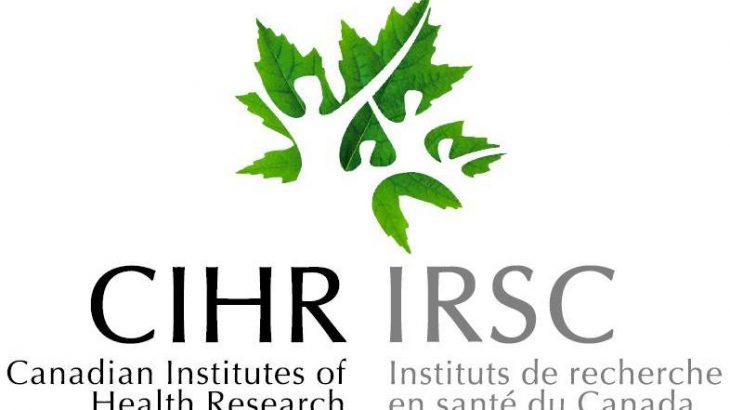By Michelle Lavery and Betty Zou, General Science Editors
After a peer rebellion among Canadian health researchers, the Canadian Institutes of Health Research has agreed to reinstate face-to-face peer reviews. But what makes face-to-face discussion so vital to the process?
Recent events have sparked concern over the way researchers are awarded government grants. Face-to-face peer review – that is, annual meetings of expert panels to discuss the awarding of large research grants – has been the standard grant approval method. However, yearly meetings in central locations are costly and inconvenient. The Canadian Institutes of Health Research (CIHR) was the first of Canada’s tri-council funding agencies to attempt to phase out these annual meetings. But it seems that the agency severely underestimated the value of face-to-face discussions.
In 2015, the CIHR eliminated face-to-face panels from its grant review process. Instead, reviewers were assigned to grant applications and encouraged to participate in an online discussion forum moderated by a “virtual chair”. This online system was designed to be cost-effective, and was supposed to be a solution for reviewer fatigue. However, within three months of the competition, the entire process was called into question due to irregularities and problematic results.
On June 27, 2016, an open letter was penned to the Minister of Health and 30 university delegates urging the CIHR to reinstate the face-to-face peer review. By July 13, the CIHR’s President Alain Beaudet had reinstated face-to-face interactions as part of the review process. The 2016 competition will now use online reviews to eliminate 60% of applications, while the remaining 40% will be sent on to expert panels who will meet in person to decide the winners.
The Canadian Institutes of Health Research (CIHR) is Canada’s federal funding for health research. They provide both operational and project-specific grants to a variety of researchers – from tenured faculty to graduate students. The CIHR’s primary mandate is to “excel, according to internationally accepted standards of scientific excellence, in the creation of new knowledge and its translation into improved health for Canadians, more effective health services and products and a strengthened Canadian health care system.”
So why are face-to-face discussions so critically important to the grant application review process?
Several studies have outlined the importance of face-to-face dialogue, including one that demonstrated neural synchronization unique to in-person conversation. It showed that when two people engaged in conversation, the patterns of activity in their brains began to mimic each other. This synchronization was especially noticeable in the left inferior frontal cortex – a part of the brain associated with empathy and social cognition – and was only present during face-to-face conversations (i.e. not during back-to-back or back-to-face dialogue). Their results suggest that face-to-face communication has special neural features that other forms of communication lack. Other research has shown that this neural synchronization, along with the other subtleties of human interaction (body language, gestures, etc.), is important in determining the success of a group’s decisions.
Another study suggested that “the more team members directly interact with each other face-to-face, and the more they trust other team members, the more creative and…higher quality the result of their teamwork is.” Research by Alex Pentland at MIT found that the most valuable form of communication is face-to-face, since energy levels and engagement can be actively monitored and improved by the group. Therefore, in-person social interaction can help the group come up with more creative ideas and better evaluate them. Groups that meet face-to-face are actually smarter and more capable than their virtual counterparts.
When the CIHR decided to cut the annual meetings of renowned experts from their review process during the 2015 funding competition, they were inadvertently stunting the quality of the decisions that grant reviewers were making. Depriving reviewers of a face-to-face discussion with their colleagues about the merit of the research that they were evaluating limited their ability to make an informed and considerate decision.
Virtual discussions, while convenient and cost-effective, do not allow for neural synchronicity or productive, empathetic debate. Rather, they allow inherent biases toward established researchers to pervade the review process without committed, physical counter-arguments from co-reviewers. Furthermore, virtual discussions do not allow experts to come together annually to creatively discuss and produce a collective vision for the future of their field – something that is integral to the overall success of basic research and is an inadvertent but vital by-product of yearly face-to-face peer review. In the age of technology, it seems that communication and collaboration still work best when we sit down together.




